Many automotive enthusiasts were heartbroken when Lamborghini ended production of it’s famous Gallardo. The “Baby Bull” was proof that you could own a Lamborghini and use it on a daily basis. With 14,022 units produced over its 10 year life cycle, the Gallardo is the most successful Lamborghini ever.
But Gallardo lovers and Lamborghini fans can rejoice. Lamborghini has revealed its new Huracan to start up where the Gallardo left off. As is the Lamborghini tradition of naming cars after prized fighting bulls, Huracan (Spanish for Hurricane) was a ‘defiant and invincible’ fighting bull that fought in Alicante in 1879. This new ‘baby Lambo’ has some impressive stats that show it means business. With a 5.2-liter V10 capable of 602 bhp (brake horsepower) and 413 lb-ft of torque, the Huracan is able to achieve 0-62 mph in 3.2 seconds and go on to a top speed of ‘over 202 mph’. The statement of the top speed is clearly a remark towards the Ferrari 458’s top speed of 202 mph.
Lamborghini has gone for the evolution of Gallardo with the new Huracan, due to the success of the predecessor. The V10 in the Huracan is an evolved version of the direct-injection engine used in the Gallardo. It sounds like an amazing package, but then again, it will have to be every bit of amazing when it comes out next year to compete with the likes of the Ferrari 458 Italia and McLaren MP4-12C. The Huracan has 50 more horsepower than its predecessor, which allows it to sit perfectly between the competition in terms of power output (the 458 has 562 bhp, while the 12C has 616 bhp).
The power is delivered to all four wheels through a new dual-clutch gearbox called ‘Lamborghini Doppia Frizione’ (LDF). The new gearbox is as smooth and responsive as any other in the market today, but it also means that unlike the Gallardo, the Huracan will not be available with a manual transmission (at least when it’s launched). The Huracan also uses an integrated spaceframe made from carbon fiber and aluminium called a ‘hybrid chassis’. This makes it lightweight with a stated dry weight of 1422 kg (or an actual weight of about 1550 kg). Carbon ceramic brakes are standard with an option for magneto-rheological suspension.
The interior features Volkswagen sensibility and reliability with Lamborghini’s Italian styling. The start button is jet-fighter-styled and sheathed under a red cover. The toggle at the base of the steering wheel will allow drivers to select from three different driving modes: Strada, Sport and Corsa. The three ‘dynamic modes’ change gearbox response, throttle mapping, aggressiveness of the stability-control system, torque-split of the four-wheel drive system and even the intensity of the roar coming from the V10.
The Lamborghini Hurracan will be unveiled to the world in March 2014 at the Geneva Motorshow. From the looks of things, this car is capable of carrying the Gallardo’s legacy, but only time will tell if it’s capable of keeping up with the competition.

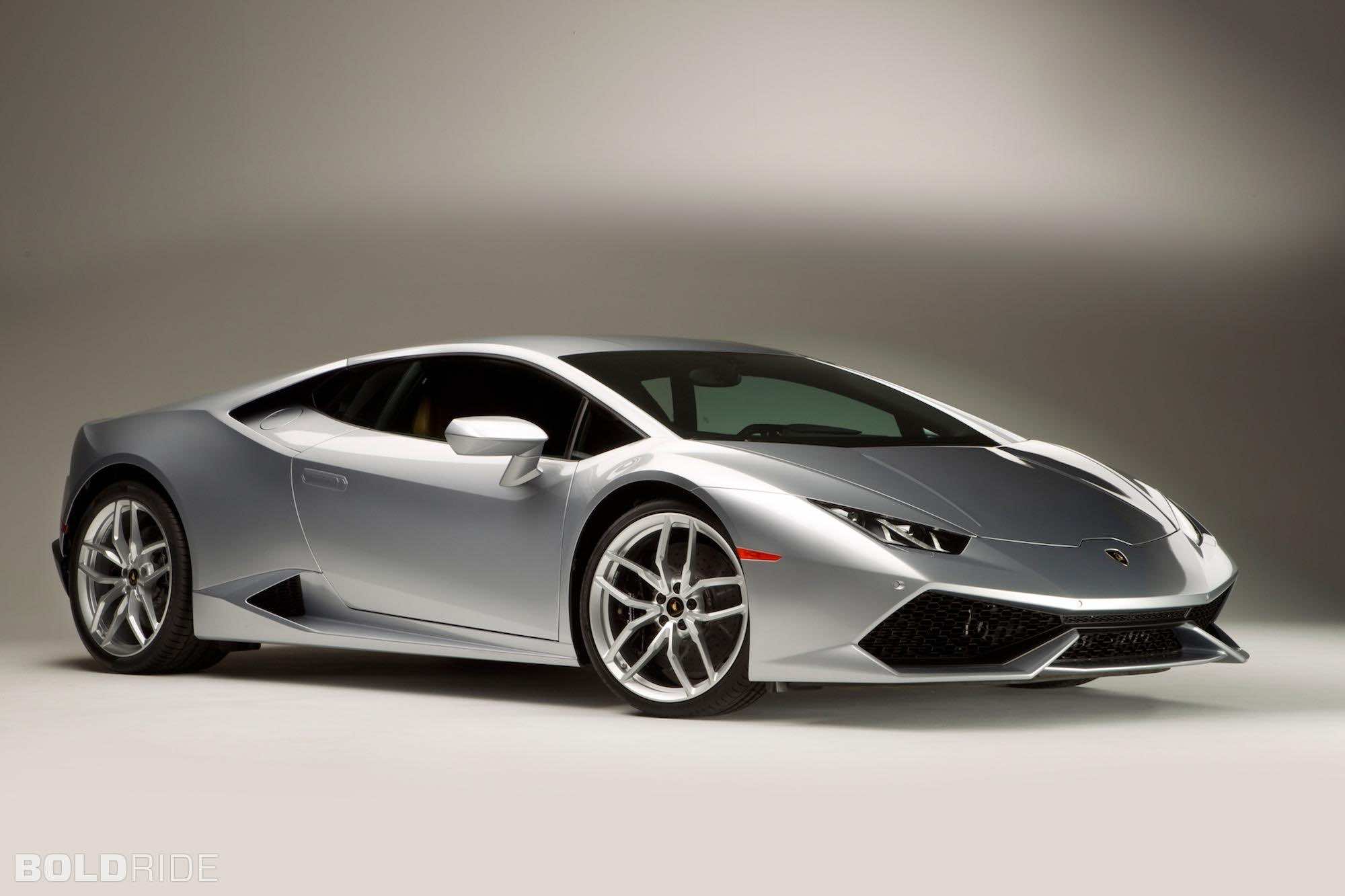
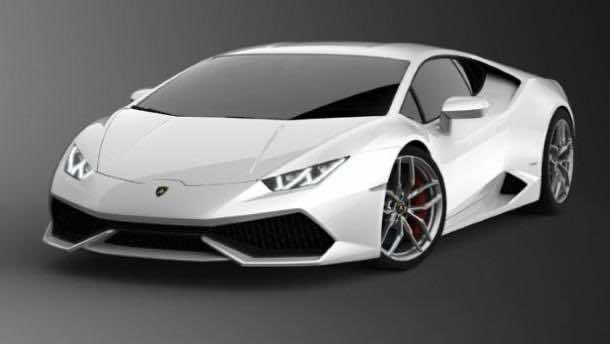
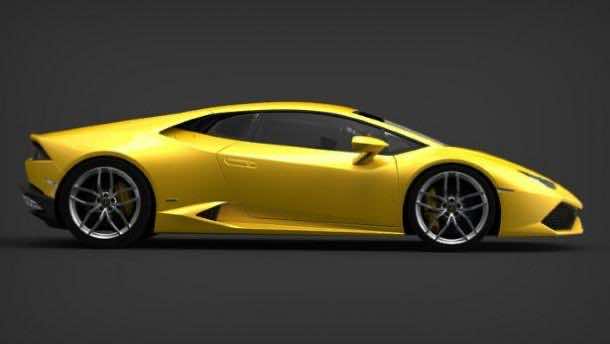
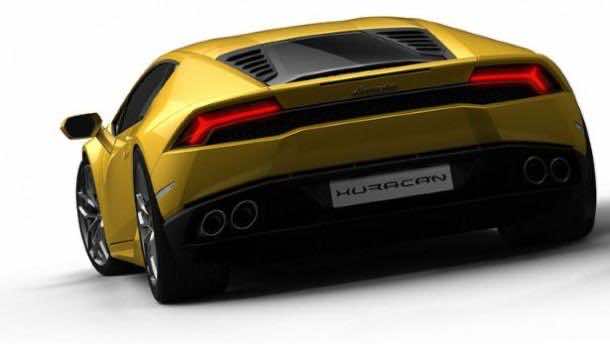
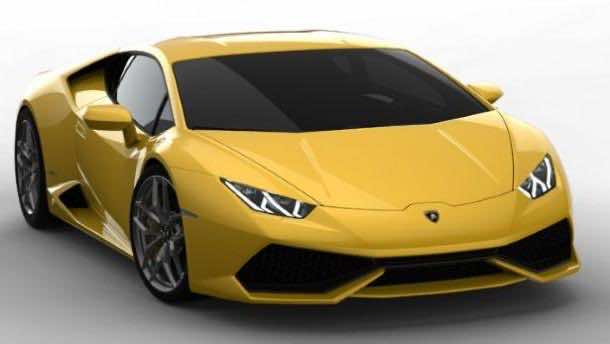
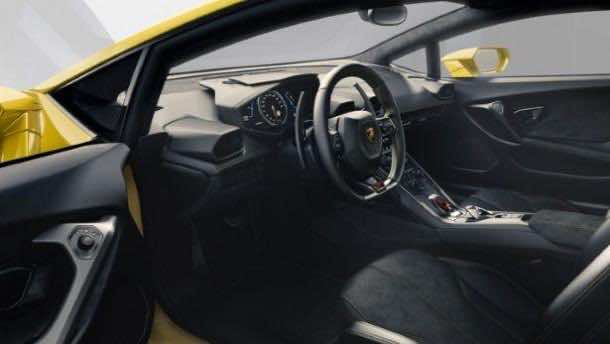
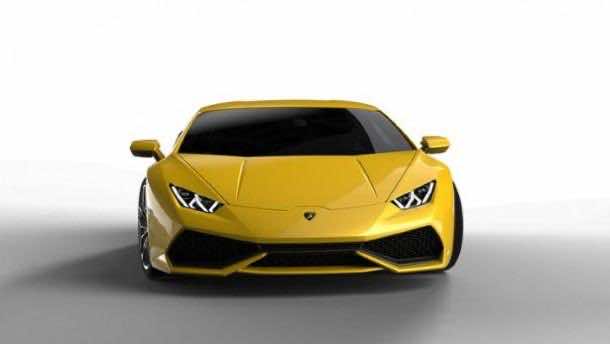
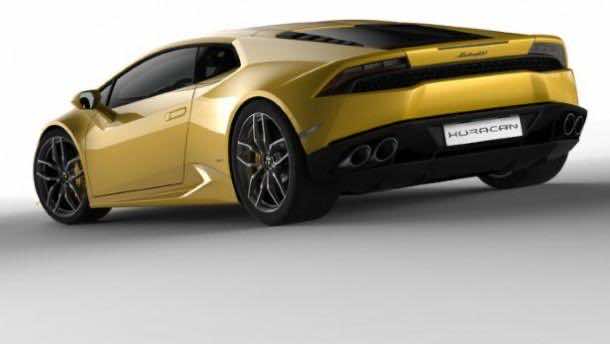
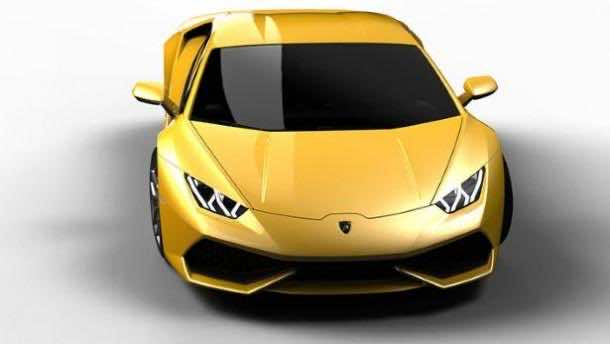

Lamborghini did it again